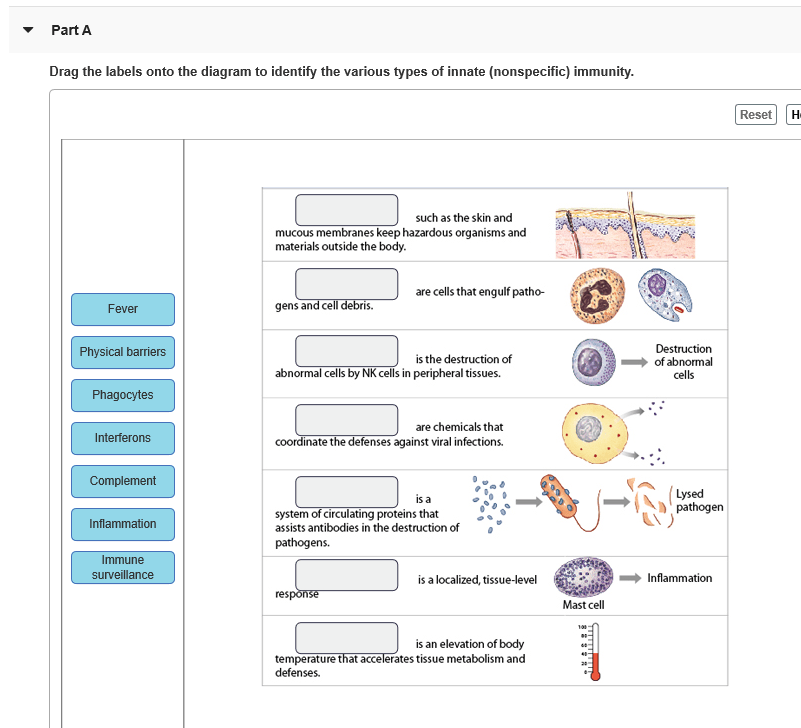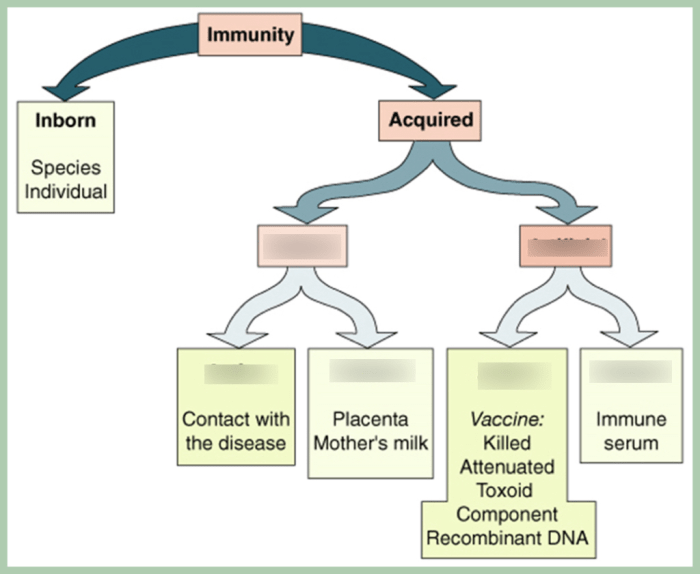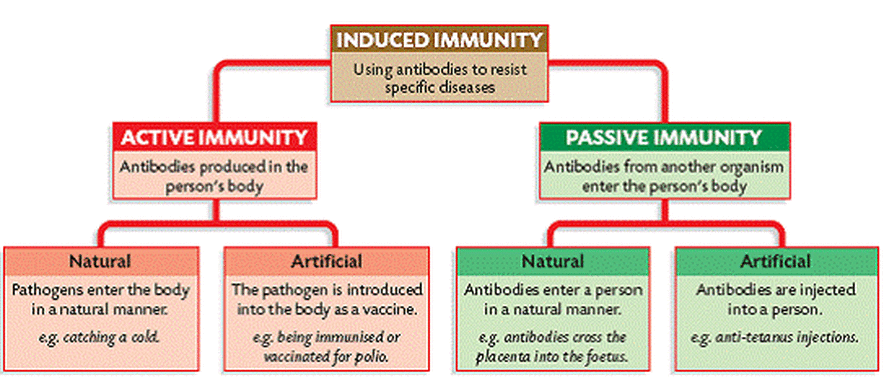Embark on an immunological odyssey with “Drag the Labels to Identify the Forms of Immunity.” This interactive exploration unravels the intricate mechanisms that protect our bodies from invading pathogens, offering a comprehensive understanding of immunity’s multifaceted nature.
From the innate defenses that stand guard at our first line of defense to the adaptive responses that tailor defenses to specific threats, this journey unveils the remarkable complexity and elegance of our immune system.
Introduction: Drag The Labels To Identify The Forms Of Immunity.

Immunity is the body’s ability to protect itself from foreign invaders, such as bacteria, viruses, and toxins. There are two main types of immunity: innate immunity and adaptive immunity.
Innate Immunity

Innate immunity is the body’s first line of defense against infection. It is made up of a variety of mechanisms, including physical barriers, chemical barriers, and cellular defenses.
Physical Barriers
- Skin
- Mucous membranes
Chemical Barriers
- Stomach acid
- Saliva
Cellular Defenses, Drag the labels to identify the forms of immunity.
- Phagocytes
- Natural killer cells
Adaptive Immunity

Adaptive immunity is the body’s second line of defense against infection. It is made up of a variety of mechanisms, including antibodies, T cells, and B cells.
Antibodies
- Proteins produced by B cells
- Bind to specific antigens
T Cells
- Cells that kill infected cells
- Help B cells produce antibodies
B Cells
- Cells that produce antibodies
- Mature in the bone marrow
Question Bank
What is the difference between innate and adaptive immunity?
Innate immunity provides immediate but non-specific defenses, while adaptive immunity develops tailored responses to specific pathogens over time.
How does immunological memory contribute to immunity?
Immunological memory cells “remember” past infections, enabling a rapid and robust response upon subsequent exposure to the same pathogen.
